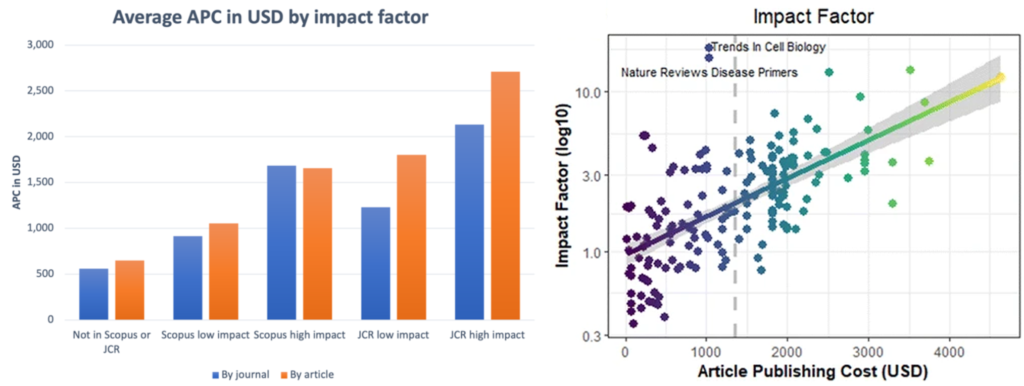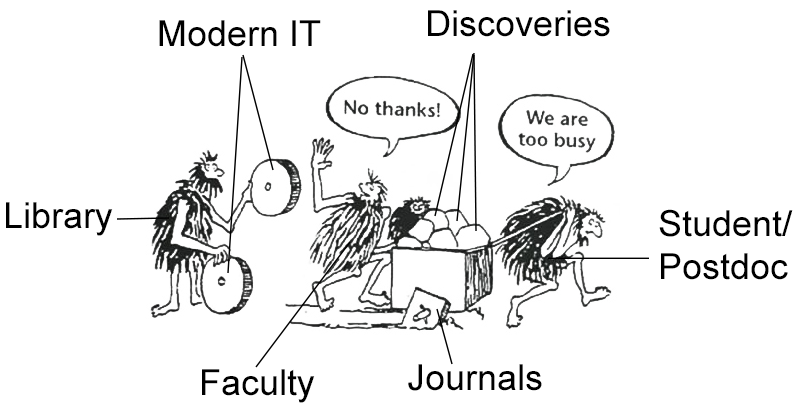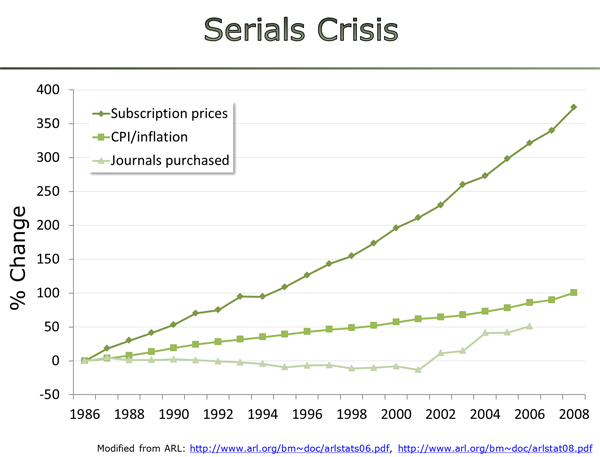Since cOAlition S is asking for recommendations from the community for the implementation of their Plan S, I have also chipped in. In their feedback form, they ask two questions, to which I have answered with the replies below.
Over the last ten years, scientific funding agencies across the globe have implemented policies which force their grant recipients to behave in a compliant way. For instance, the NIH OA policy mandates that research articles describing research they funded must be available via PubMedCentral within 12 months of publication. Other funders and also some institutions have implemented various policies with similar mandates.
The recent publication of the “Ten Principles of Plan S” has sparked numerous discussions among which one of several recurring themes was academic freedom. The cause for these discussions is the insistence of the funders supporting Plan S that their grant recipients only publish in certain venues under certain liberal licensing schemes.

It’s now been 24 years since Stevan Harnad sparked the open access movement by suggesting in his “subversive proposal” in 1994 that scholars ought to just publish their scholarly articles on the internet: Since then, we have been waiting on the behavior of scholars to change, such that all our works indeed become accessible.

Notwithstanding the barrage of criticisms and warnings from every corner of the scholarly community, various initiatives, mainly in the Netherlands, Finland, Germany, France and the UK, continue their efforts for a smooth transition from subscriptions to open access without any further disruptions.

In his fantastic Peters Memorial Lecture on occasion of receiving CNI’s Paul Evan Peters award, Herbert Van de Sompel of Los Alamos National Laboratory described my calls to drop subscriptions as “radical” and “extremist” (starting at about minute 58): Regardless of what Herbert called my views, this is a must-see presentation in which Herbert essentially presents the technology and standards behind the functionalities I have been asking for
Current estimates for the cost of subscription articles converge around US$5,000 per article. This number is reached by dividing the estimated US$10b spent on subscriptions annually world-wide by the two million published articles every year. Current initiatives aiming for a transition from subscriptions to gold (article processing charges, APC-based) open access emphasize that the transition has to be cost–neutral.
These days, many academic publishers can be considered mere Pinos: ‘Publishers in name only’. Instead of making scholarly work, commonly paid for by the public, public, as the moniker ‘publisher’ would imply, in about 80% of the cases, they put them behind a paywall.

Academic publishers in general and Elsevier in particular have a reputation for their ruthless profiteering, using professional negotiators pitting hapless librarians against their own faculty during journal subscription negotiations.
After almost 25 years since Stevan Harnad’s “subversive proposal”, now, finally, scholars and the public have a range of avenues at their disposal to access nearly every scholarly article. Public access, while not the default, has finally arrived. Granted, while all of the current options are considered legal for the reader , not all providers of scholarly literature conform to every law in every country.